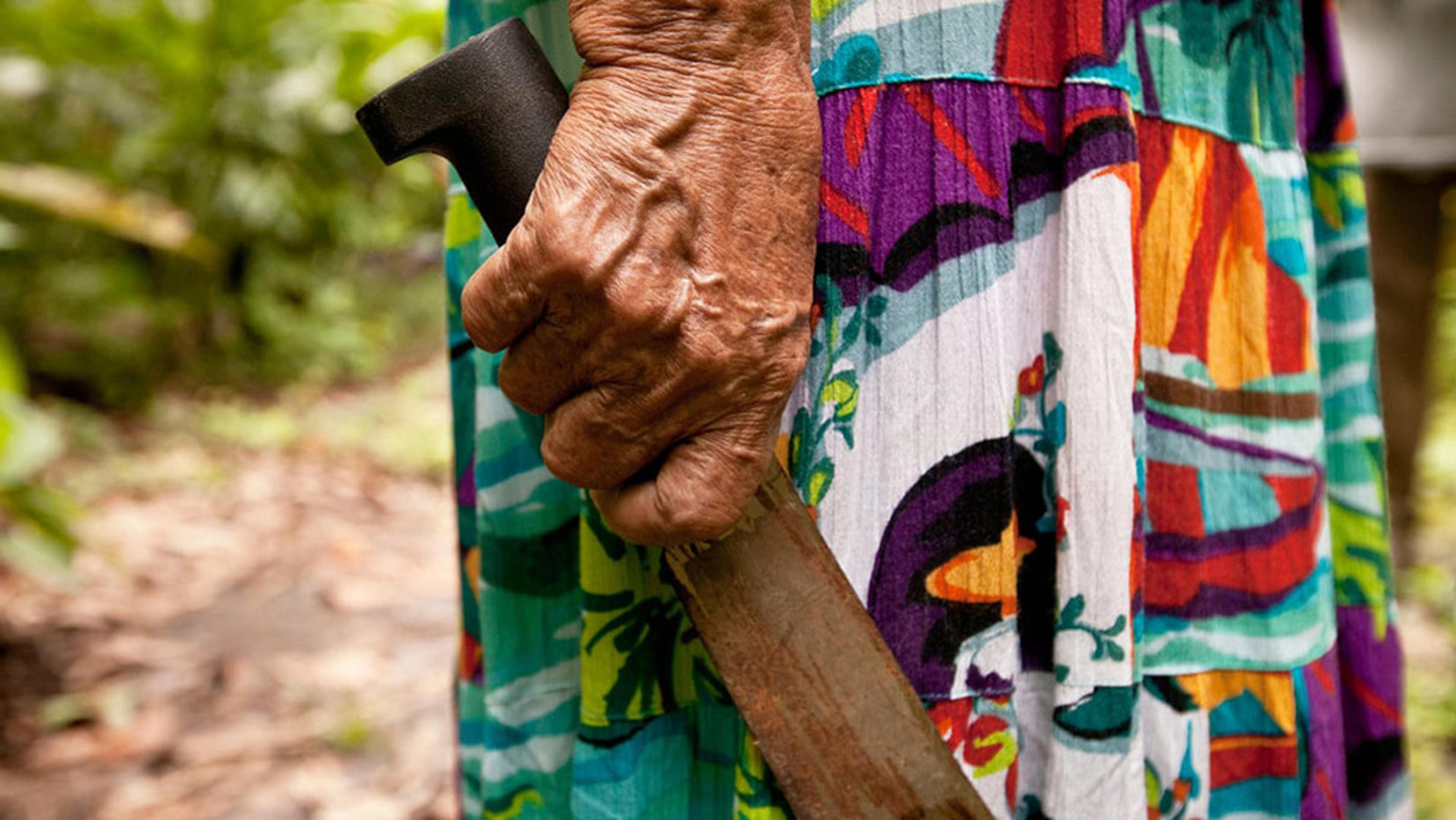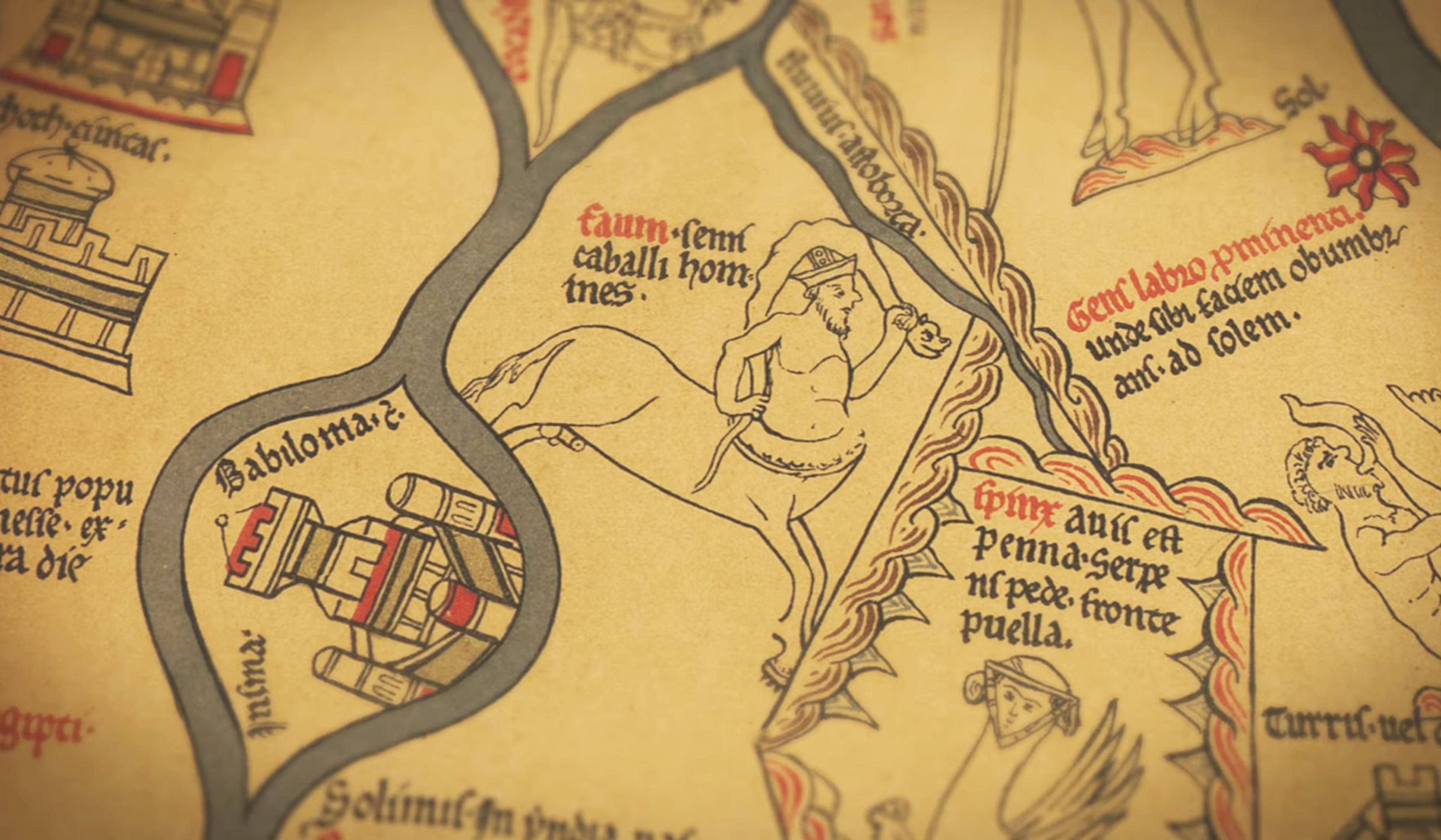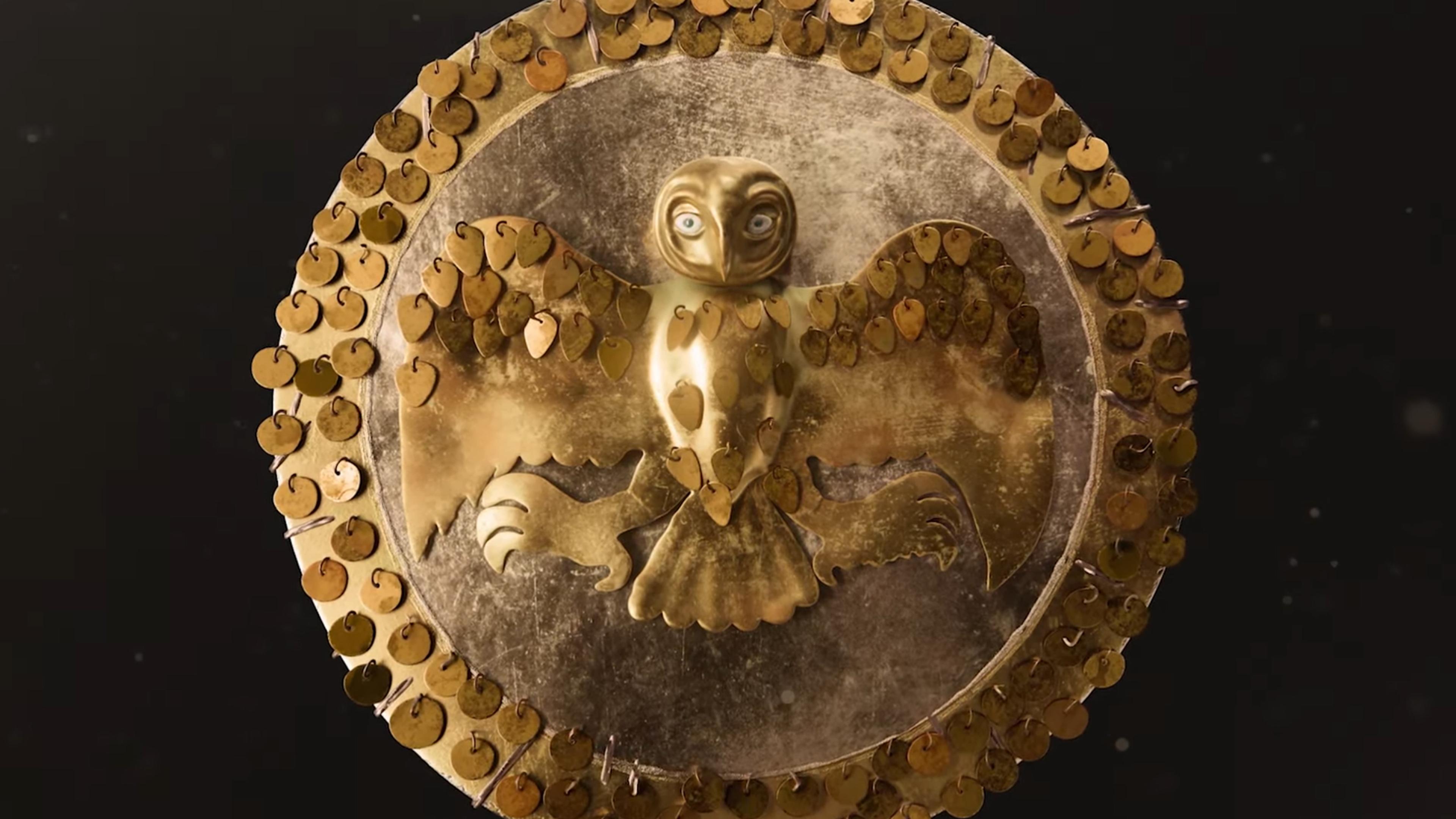Only four known Maya books have survived both Spanish colonial destruction and the passage of time. Created in the 11th or 12th century, the Códice Maya de México (the Maya Codex of Mexico) is the oldest of these works and the only one to predate the arrival of the conquistadors in the 16th century. In this brief introduction to the remarkable work from the Getty Museum in Los Angeles, the art historians Andrew Turner and Lauren Kilroy-Ewbank guide viewers through its accordion-folded fig-bark paper, vivid pigments and intricate imagery, which combine mythological scenes and calendrical notations to chart the movements of Venus. Here, myth and astronomical knowledge converge, offering a glimpse into a complex worldview rich with insights into how ritual and the cosmos shaped life in Maya society.
The Americas’ oldest book is an intricate work of Maya astronomy
Video by the Getty Museum, Smarthistory

videoRituals and celebrations
Dance with the devil: the colourful Mexican art form that summons demons
6 minutes

videoArchaeology
How researchers finally solved the puzzle of the oldest known map of the world
18 minutes

videoFood and drink
Reclaiming the dignity and spiritual roots of chocolate production in Mexico
4 minutes

videoGlobal history
The famed medieval map that stretched beyond Earth to heaven, history and myth
5 minutes

videoNature and landscape
After independence, Mexico was in search of identity. These paintings offered a blueprint
15 minutes

videoHistory of technology
How keeping a craft tradition alive can bring a 500-year-old city into the future
5 minutes

videoWar and peace
The extraordinary craft and fascinating symbolism of a pre-Incan ceremonial shield
3 minutes

videoHistory of technology
Master cartography and mythical creatures – the world according to the Catalan Atlas
8 minutes

videoHistory of science
How one of history’s most beautiful books was used to find fate in the cosmos
6 minutes